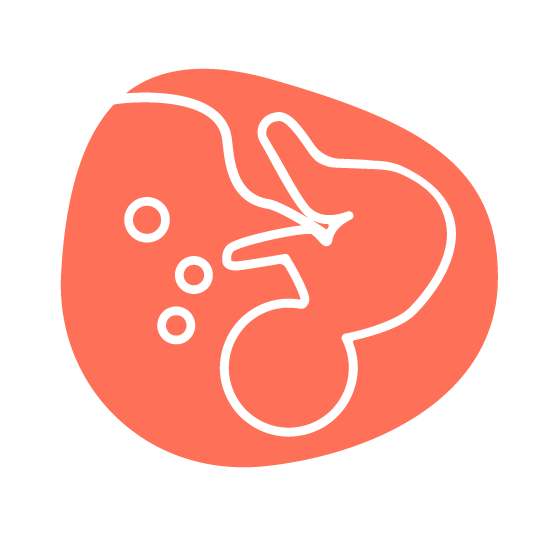The beginning of life in the laboratory: The challenges of a technological future for human reproduction.
Autora: Catarina Delaunay
Artigo | Delaunay, C. (2015) The beginning of life in the laboratory: The challenges of a technological future for human reproduction. Technology in Society, 40
Resumo: This paper analyses the underlying principles and social consequences of the increasing detachment between human reproduction and sexuality via the process of technological intervention in the biological body, with a focus on current debates in Portugal. With biomedical techno-sciences, conception has become artificial (invivo or invitro fertilization) and independent of the coital activity. The risks and uncertainties concerning the development of Science and Technique in the biomedical field applied to reproduction present important challenges and bring forth critical questions to future generations and to humanity as a whole. For example, gametes donation (heterologous artificial insemination) implies fulfilling some ethical principles such as informed consent, anonymity and gratuitous involvement; other possible problems include the potential development of eugenic aspirations, dilemmas arising from the commercialization of gametes, embryos and fetus or surrogate motherhood, from reproductive cloning or embryonic stem-cell research techniques. In this framework, new entities appear on the scene like gametes donors, cryopreserved embryos or rented wombs that demand new laws and governmental regulation. Therefore, it is essential to study which values the techno-sciences are actually redefining, the range of social choices towards these values and the consequences these choices have – in terms of parenthood rights and family ties, for example. In this context, the paper will reflect upon these new values and will question whether they are compatible or not with democratic principles such as autonomy, human dignity or equal rights. Building upon my post-doctoral research, I will approach this problem theoretically, using tools from the Sociology of Science and of Medicine, and through data analysis (such as reports from ethical committees, legislation and media).
Consultar:https://www.sciencedirect.com/science/article/abs/pii/S0160791X14000475?via%3 Dihub

